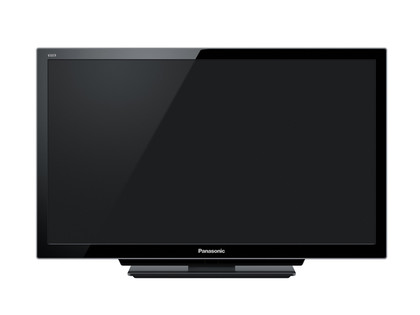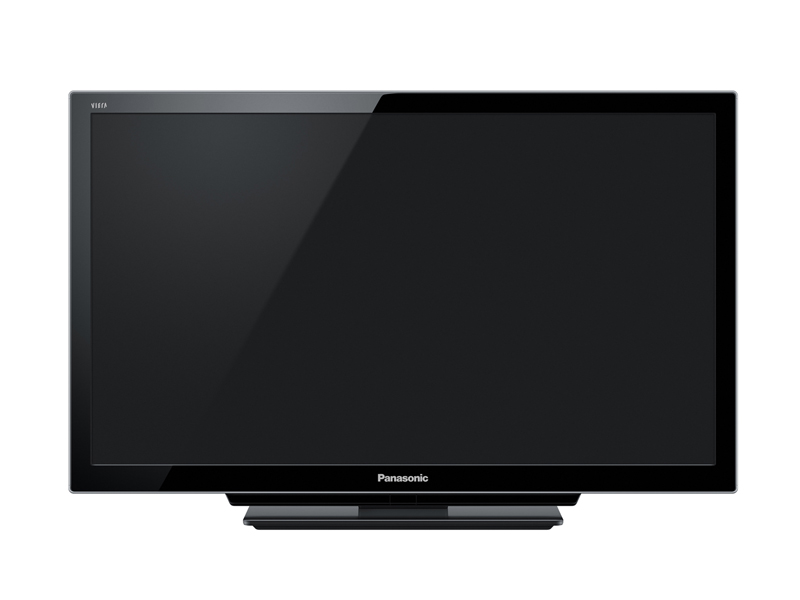Why you can trust TechRadar

It's an unfortunate but unavoidable fact that the first thing that grabs your attention about the TX-L32DT30B is its price; spending more than a grand on a 32-inch TV just doesn't seem like something many people will do these days.
However, the TX-L32DT30B certainly does have plenty going on to help it justify its cost. Particularly noteworthy are its 3D playback - making it Panasonic's first active 3D LCD TV for the consumer market - and its multimedia tools, which include DLNA support, file playback from USB drives, recording of the digital tuners to powered USB HDDs, and most significantly of all, Panasonic's new Viera Connect online portal.
This new portal is definitely an improvement in content and interactivity terms from Panasonic's previous Viera Cast system, and will even allow you to buy hardware accessories like joysticks and fitness gear for use with upcoming Viera Connect apps.
Perhaps the single biggest justification for the TX-L32DT30B's price, though, comes from the genuine innovations Panasonic has delivered with its LCD panel design technology in a bid to reduce response times and thus boost 3D performance levels.
These innovations pay off handsomely, moreover, in helping the TX-L32DT30B produce the cleanest, most watchable 3D picture yet seen on an LCD TV - notwithstanding the fact that at 32-inch, 3D pictures inevitably aren't as immersive as they can be on bigger screens.
While perfectly respectable with 2D playback, though, it the TX-L32DT30B isn't quite as outstanding as it is in 3D mode.
We liked
The set's 3D performance is superb, as its new panel design improvements finally prove that LCD really can do 3D while suffering barely any crosstalk. It also sounds much more powerful than most skinny 32-inch TVs, and its design is a nice leap forward from previous Panasonic LCD models.
It also delivers a very natural and subtle colour palette, and its pictures are capable of looking very sharp.
We disliked
While you really need to use the set's motion processing, you're not given much control over this processing. Similarly, while most people will prefer pictures with the set's local dimming feature active, this causes an occasionally noticeable issue with chunks of backlight inconsistency.
Finally, it feels as if the onscreen menu system for Viera Connect might struggle to cope once huge numbers of apps start to come on line.
The set is pretty pricey for a 32-inch model, too, for all its innovations.
Final verdict
If you are after a 32-inch TV that delivers the last word in 3D LCD picture quality, the TX-L32DT30B is definitely the screen for you. The extensive technological innovations Panasonic has developed really pay off, finally removing crosstalk noise from the 3D LCD experience.
The set is nicely designed and well built, too and packs enough multimedia tools to satisfy even pretty devoted multimedia consumers.
There are many good things about the TX-L32DT30B's 2D performance as well, as you would expect considering its 3D-focussed technology is all about reducing LCD's response time issues. However, while its 2D pictures look mostly good, slight flaws in a couple of the set's 2D picture technologies stop the TX-L32DT30B from being able to bag a completely unqualified recommendation, especially with its price taken into account.
Follow TechRadar Reviews on Twitter: http://twitter.com/techradarreview
Current page: Panasonic TX-L32DT30B: Verdict
Prev Page Panasonic L32DT30B: Sound, value, ease of useJohn has been writing about home entertainment technology for more than two decades - an especially impressive feat considering he still claims to only be 35 years old (yeah, right). In that time he’s reviewed hundreds if not thousands of TVs, projectors and speakers, and spent frankly far too long sitting by himself in a dark room.

